Exploring the Uncharted: Columbus and the New World
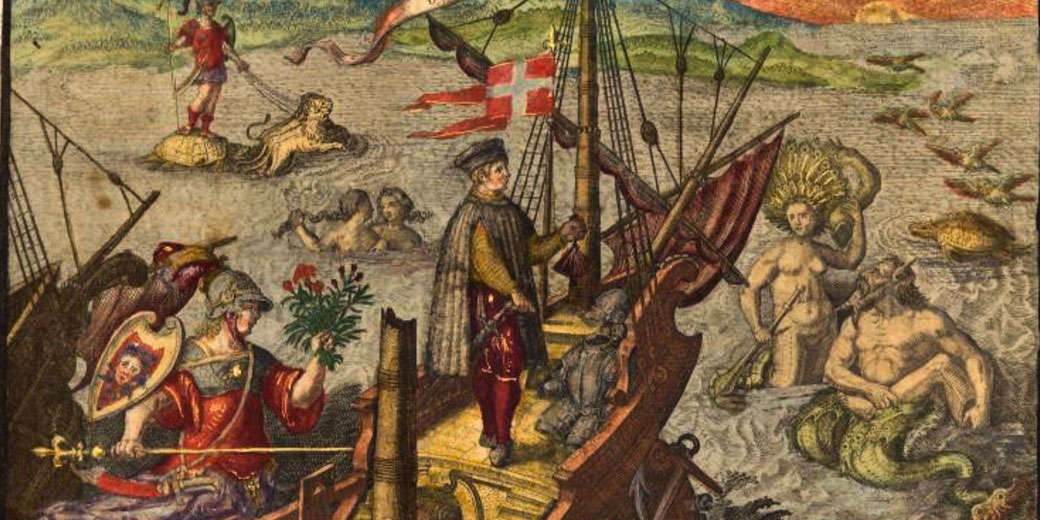
Cristoforo ('Christopher' in English) Columbus was born in the city of Genoa in Italy in AD 1451. He became an apprentice merchant in his father’s weaving business.
However, he developed a love of maps and sailing, which led him to leave the family business and find work on a local ship.
After becoming shipwrecked on the Portuguese coastline, Columbus decided to become a mapmaker.
At that time, the king of Portugal was investing money in explorers who could find a quicker route to Asia.
Most European trade with the east had to travel through Middle East, but the Muslim empires who lived there forced merchants to pay high taxes as they passed through.
Therefore, people started experimenting with other ways of trading with Asia that avoided the Middle East.
A number of Portuguese explorers, Dias and Da Gama, had sought a sea route to Asia by sailing south, around the bottom of Africa, and then east across the Indian Ocean.
While this did indeed avoid contact with Muslim empires, it was a much longer journey, which meant that more money had to be spent on food and provisions for trading expeditions.
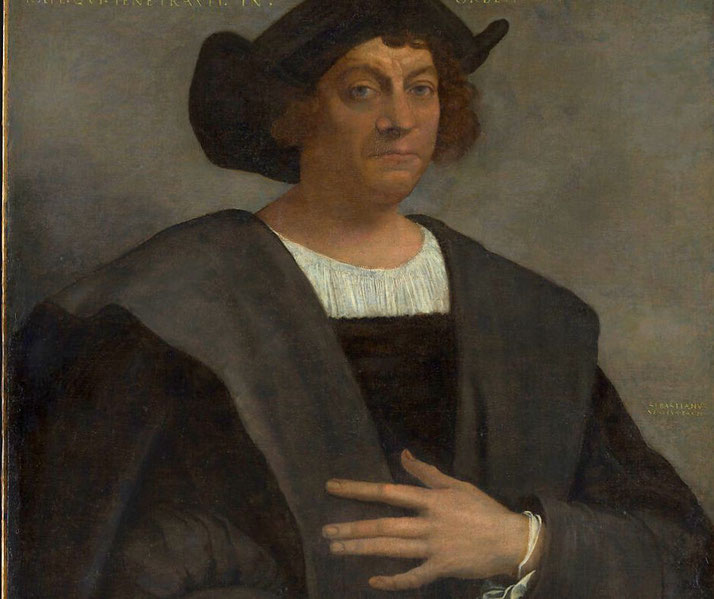
A western route to Asia
Instead of going around Africa, Christopher Columbus proposed a new approach: sailing west from Europe, across the Atlantic Ocean.
In the 15th century, most people knew that the world was a sphere, and that if a person sailed long enough to the west, then eventually they would reach Asia.
However, many people thought that distance was too far for the small ships of the time to travel before their crews perished.
However, Columbus believed that the calculations were wrong.
In fact, he believed the earth was smaller than most people had thought, which meant that he was willing to risk a long journey across the Atlantic that could prove to be a much shorter trip than the one around Africa, and possibly make a lot more money as well.
While the distance between Europe and Asia was believed to be around 12,000 miles, Columbus argued that it was actually closer to 2,500 miles.
Unfortunately, the cost of fitting out a trading ship for a long journey into the unknown was more money than Columbus had.
Therefore, he needed a wealthy supporter to cover his costs on the promise of great wealth from his journey.
So, Columbus approached King John of Portugal, since the kingdom of Portugal was on the western coast of Europe and had been investing in exploratory voyages for decades.
However, King John was sceptical of Columbus' abilities and calculations. As a result, Columbus did not manage to receive any Portuguese money to back his idea.
Seven years later, King Ferdinand and Queen Isabella of Spain agreed to give him the funds he needed to attempt his journey.
Consequently, Columbus would captain a crew made up predominantly of Spanish men, even though he was Italian.
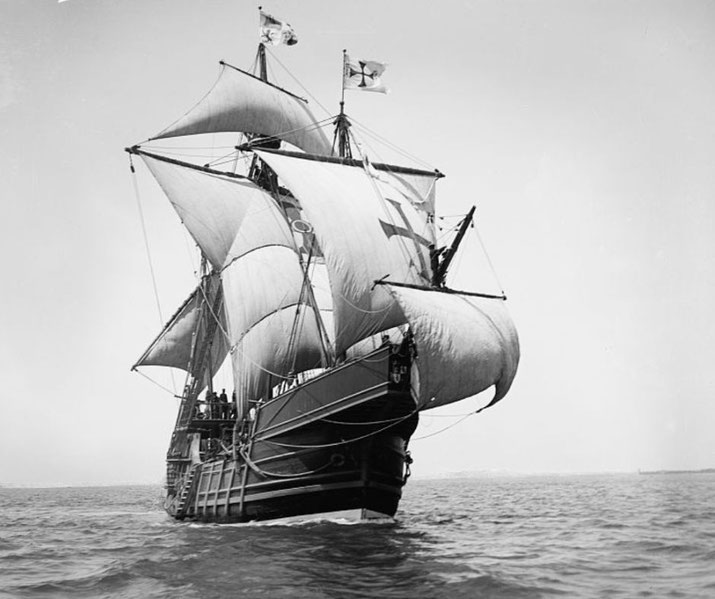
The first voyage
Columbus left Spain in August of 1492 with three ships: the Niña, the Pinta, and the Santa María.
First, he led his fleet south towards Africa, where they reached the Canary Islands.
Here, there were stronger winds that took them westwards, across the Atlantic Ocean.
Two months later, at 2am on the 12th of October, the lookout on the Pinta finally spotted land to the west. He called out in Spanish, "Tierra, Tierra" ("Land, Land").
The exact island they saw is still unclear, but it was probably the island known today as San Salvador.
Columbus believed that his plan had worked and that he had reached Asia. Unfortunately, he was very wrong.
Rather than being in China or India, he had reached the Caribbean in the Americas.
Regardless, Columbus called the locals 'Indians' and the islands the 'West Indies'. The name has stuck, even though it is incorrect.

Columbus sailed on and visited the modern island of Haiti, which he called 'Hispaniola'.
There, he met the Taino people, who were willing to trade with Columbus. In return for items of Spanish clothing, the Taino handed over small items made of gold.
This gave Columbus the idea that there must have been gold mines somewhere on the island, which could be a future source of great wealth.
Convinced that he had achieved his aim, Columbus sailed his ships east in January of 1493 and arrived back in Spain in March.
He delighted the king and queen with stories of his discoveries and showed them tobacco, turkey, spices, and some native inhabitants which he had brought with him.

Further voyages
Encouraged by Columbus' reports, the Spanish crown funded three more trips. Columbus sailed back to the Caribbean in 1493 with Spanish colonists who settled on the islands.
Thousands more Spanish colonists followed on other ships, seeking fame, wealth, and adventure in the New World.
Unfortunately, the colonists quickly enslaved the local people and used them to mine for gold.
In the early years of Spanish settlement of Hispaniola, the colonists operated with very little authority over them.
Even though the Spanish king had forbidden them to enslave the local people, this was blatantly ignored.
As a result, thousands of Taino died from overwork, disease, or harsh punishments from their enslavers.
On some occasions, the Spanish even killed the Taino when they refused to dig for gold anymore.
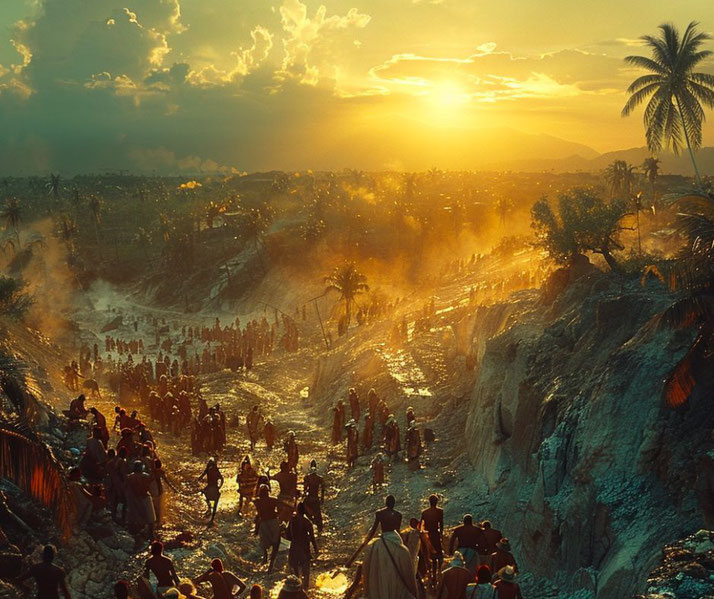
On Columbus' third trip, he landed on the mainland of South America. Columbus also became the governor of Hispaniola, but the colonists grew to dislike him.
The Spanish had travelled to the new world on the promise of great wealth.
However, they soon found out that there was very little gold in Hispaniola, and they blamed Columbus for lying to them.
Then, when Columbus tried to bring some of the colonists to account for their harsh treatment of the Taino, the Spanish turned against him.
After a series of official complaints about Columbus' untrustworthiness and failures as a governor, the Spain crown sent a new governor to replace him.
Columbus was then imprisoned and sent back to Spain on a ship.
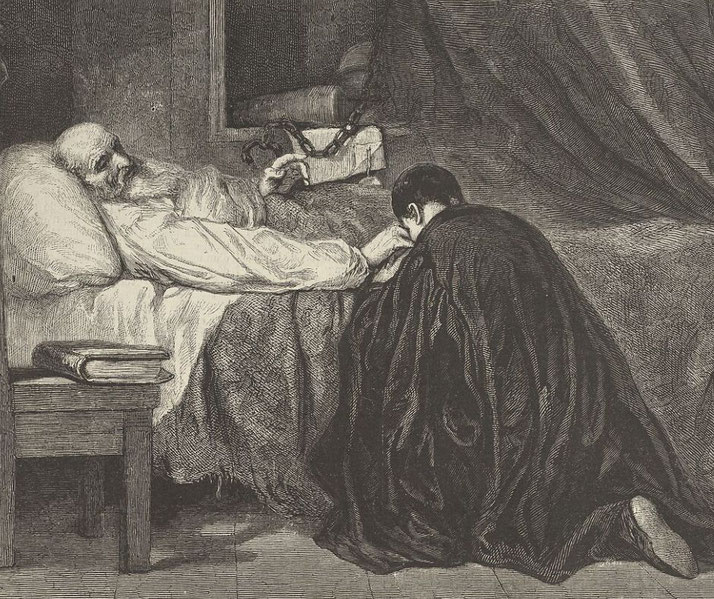
However, when he returned, the Spanish king felt that he could not punish Columbus. He was too famous.
Instead, he was set free, and he immediately began planning for another journey to the New World.
Columbus' fourth and final journey occurred in 1502. However, he was refused entry to Hispaniola, as the colonists there were still angry at him.
Then a storm damaged his ship and marooned Columbus on the island of Jamaica. It was two years until help arrived and, in 1504 he finally returned to Spain.
Upon his return, Columbus' health declined, and he died on May 20, 1506. Even at his death, he was convinced that he had discovered the western route to Asia, even though very few people still agreed with him at the time.
What do you need help with?
Download ready-to-use digital learning resources
Copyright © History Skills 2014-2025.
Contact via email
With the exception of links to external sites, some historical sources and extracts from specific publications, all content on this website is copyrighted by History Skills. This content may not be copied, republished or redistributed without written permission from the website creator. Please use the Contact page to obtain relevant permission.





